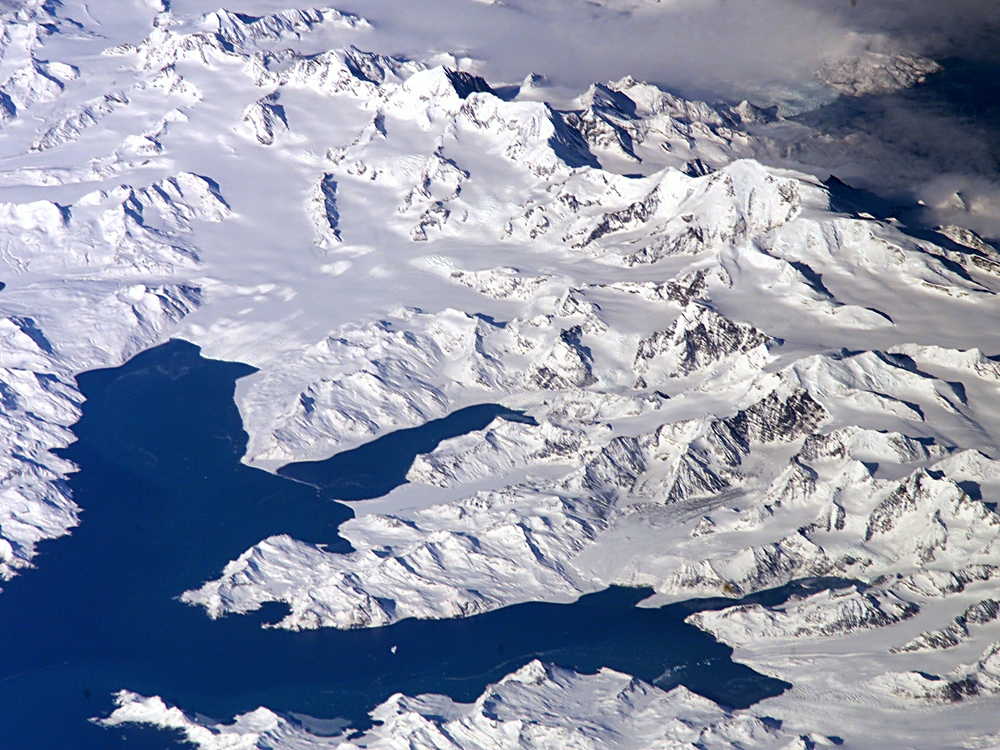|
Marikoppa
Marikoppa () is a mountain, , between Larssen and Paulsen Peak in the Allardyce Range of South Georgia. The name, which is known locally, was used in 1950 by H.B. Paulsen. ''Koppa'' is a descriptive Finnish word meaning "basket with a lid on top." The mountain was surveyed by the South Georgia Survey The South Georgia Survey was a series of expeditions to survey and map the island of South Georgia, led by Duncan Carse between 1951 and 1957. Although South Georgia had been commercially exploited as a whaling station during the first half of t ... in 1951–52. References Mountains and hills of South Georgia {{SouthGeorgia-geo-stub ... [...More Info...] [...Related Items...] OR: [Wikipedia] [Google] [Baidu] |
Larssen Peak
Larssen Peak () is a peak, high, between the Three Brothers and Marikoppa in the Allardyce Range of South Georgia. It was surveyed by the South Georgia Survey in the period 1951–57, and named by the UK Antarctic Place-Names Committee for Harald Larssen, manager at the Compañía Argentina de Pesca station, Grytviken Grytviken ( ) is a settlement on South Georgia in the South Atlantic and formerly a whaling station and the largest settlement on the island. It is located at the head of King Edward Cove within the larger Cumberland East Bay, considered the b ..., 1951–54. References Mountains and hills of South Georgia {{SouthGeorgia-geo-stub ... [...More Info...] [...Related Items...] OR: [Wikipedia] [Google] [Baidu] |
Paulsen Peak
Paulsen Peak () is a rock peak, 1,875 m, standing near the head of Lyell Glacier, 2 miles (3.2 km) northwest of Mount Sugartop in the Allardyce Range of South Georgia. Named by the United Kingdom Antarctic Place-Names Committee The UK Antarctic Place-Names Committee (or UK-APC) is a United Kingdom government committee, part of the Foreign and Commonwealth Office, responsible for recommending names of geographical locations within the British Antarctic Territory (BAT) and ... (UK-APC), following mapping by the SGS, 1951–52, for Harald B. Paulsen (1898–1951), a leading figure in the Norwegian whaling industry. Mountains and hills of South Georgia {{SouthGeorgia-geo-stub ... [...More Info...] [...Related Items...] OR: [Wikipedia] [Google] [Baidu] |
Allardyce Range
The Allardyce Range ( es, Cordillera de San Telmo) is a mountain range rising south of Cumberland Bay and dominating the central part of South Georgia, a UK overseas territory. It extends for from Mount Globus in the northwest to Mount Brooker in the southeast, with peaks of and including Mount Paget () the highest peak of the range and also the highest point in the UK territory. Other peaks of the range include Mount Roots. Although not shown on the charts of South Georgia by Cook in 1775 or Bellingshausen in 1819, peaks of this range were doubtless seen by those explorers. The range was named c. 1915 after Sir William Lamond Allardyce (1861–1930), Governor of the Falkland Islands The Falkland Islands (; es, Islas Malvinas, link=no ) is an archipelago in the South Atlantic Ocean on the Patagonian Shelf. The principal islands are about east of South America's southern Patagonian coast and about from Cape Dubouze ... and Dependencies, 1904–14. See also * N ... [...More Info...] [...Related Items...] OR: [Wikipedia] [Google] [Baidu] |
South Georgia Island
South Georgia ( es, Isla San Pedro) is an island in the South Atlantic Ocean that is part of the British Overseas Territory of South Georgia and the South Sandwich Islands. It lies around east of the Falkland Islands. Stretching in the east–west direction, South Georgia is around long and has a maximum width of . The terrain is mountainous, with the central ridge rising to at Mount Paget. The northern coast is indented with numerous bays and fjords, serving as good harbours. Discovered by Europeans in 1675, South Georgia had no indigenous population due to its harsh climate and remoteness. Captain James Cook in made the first landing, survey and mapping of the island, and on 17 January 1775 he claimed it a British possession, naming it "Isle of Georgia" after King George III. Through its history, it served as a whaling and seal hunting base, with intermittent population scattered in several whaling bases, the most important historically being Grytviken. The main settleme ... [...More Info...] [...Related Items...] OR: [Wikipedia] [Google] [Baidu] |
South Georgia Survey
The South Georgia Survey was a series of expeditions to survey and map the island of South Georgia, led by Duncan Carse between 1951 and 1957. Although South Georgia had been commercially exploited as a whaling station during the first half of the 20th century, its interior was generally unknown, and maps were largely based on the original survey by James Cook, who first landed on the island in 1775. The South Georgia Survey was intended to make high-quality modern maps covering the entire island, and took place in four austral summer seasons: 1951–52, 1953–54, 1955–56, and 1956–57. The survey was funded by the Royal Geographical Society, the Falkland Islands Dependencies, Odhams Press, and other private supporters. The War Office and Ministry of Supply provided 250 man-days of cold-weather rations, along with a loan of clothing and sledging equipment. Transportation to and from South Georgia was provided on the ships used to supply the whaling stations and ferry whale o ... [...More Info...] [...Related Items...] OR: [Wikipedia] [Google] [Baidu] |

